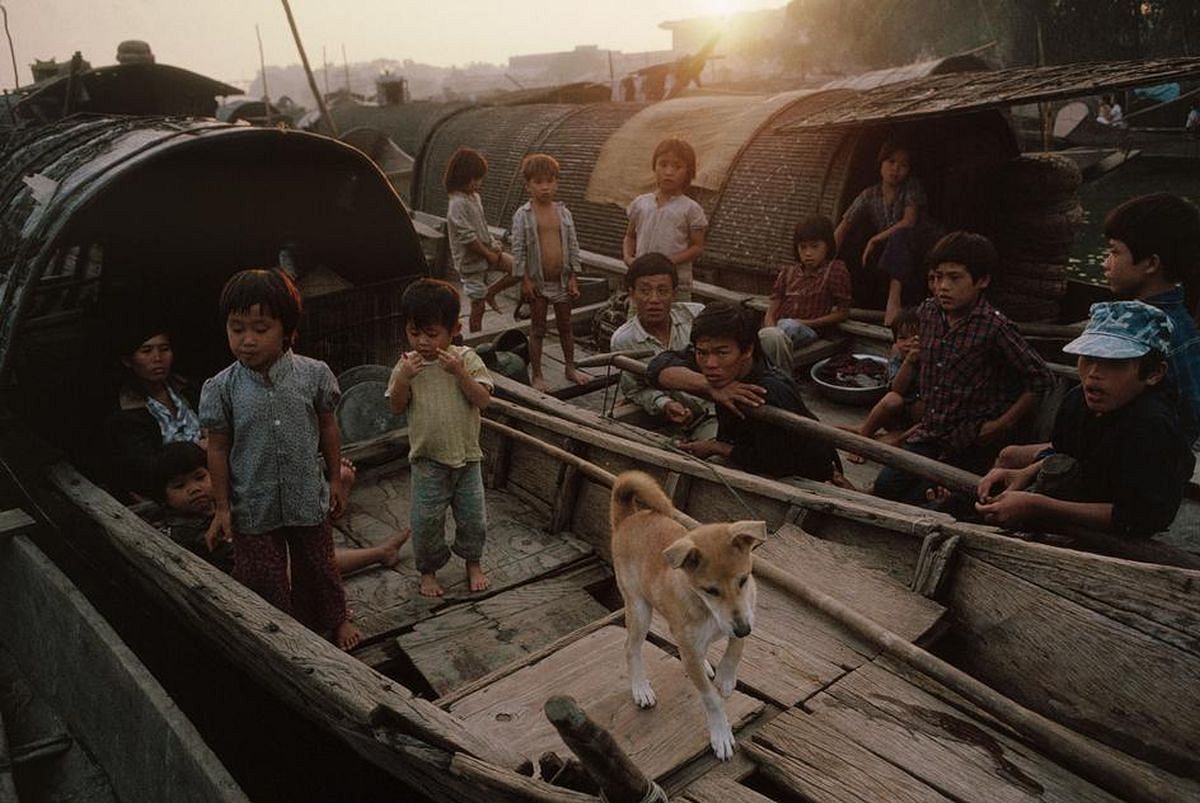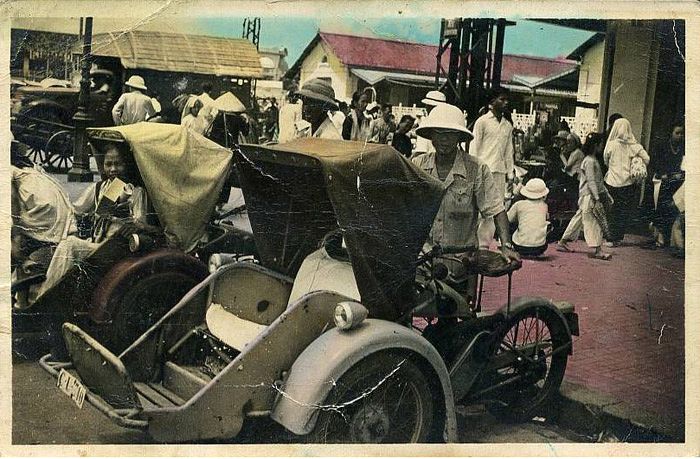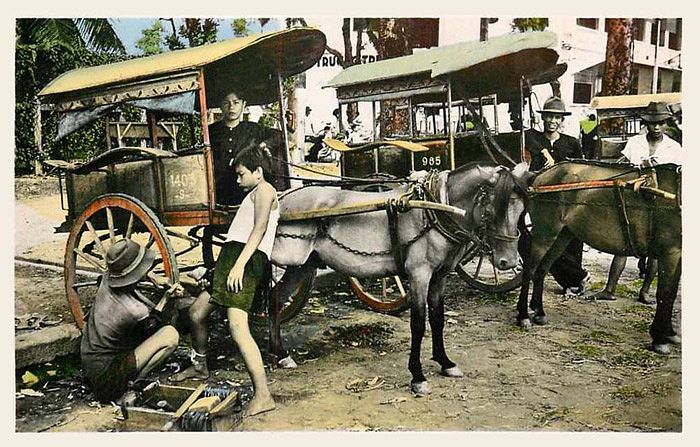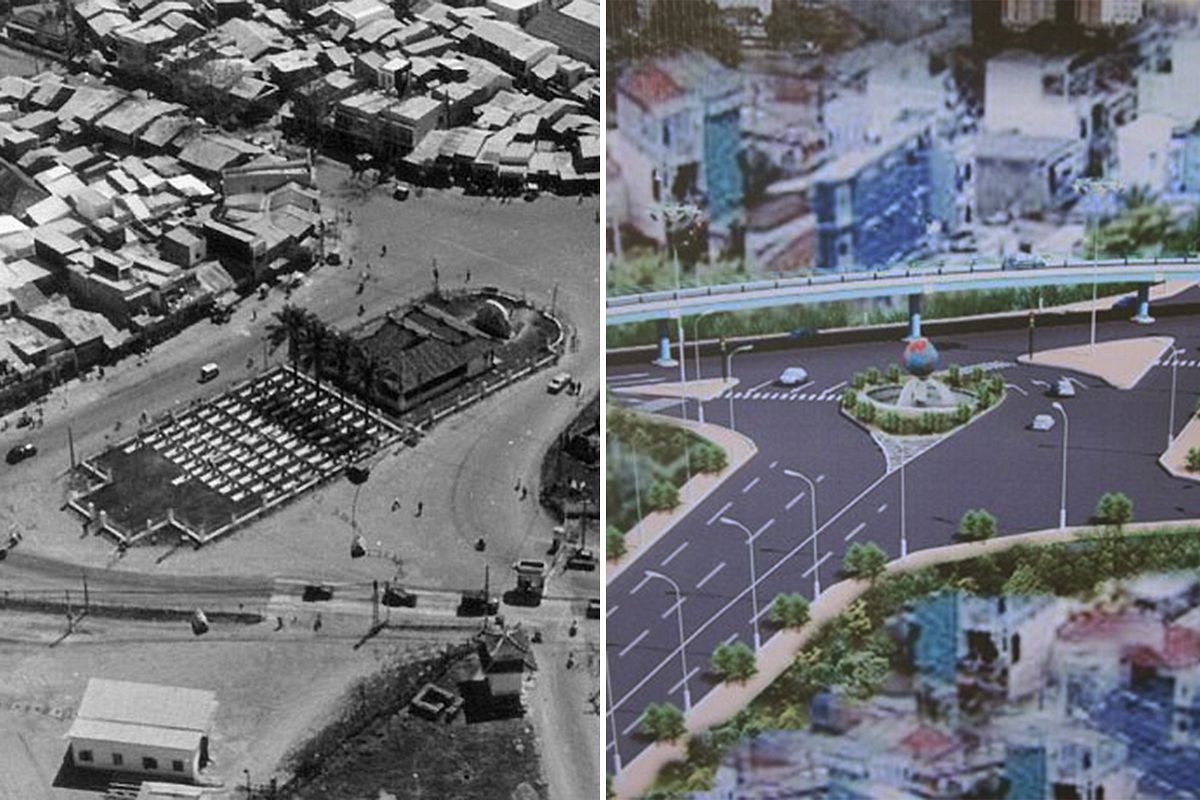On December 28, 1895, Auguste and Louis Lumiere debuted the world’s very first motion picture at a cafe in Paris.
Before a fascinated audience, the French brothers proudly showcased their latest invention, the cinematographe, a camera capable of capturing moving images. Word has it that the sight of a moving train coming toward the audience on film so frightened some of the world’s first moviegoers that they ran away.
In no time at all, however, word of the Lumiere brothers’ invention got around and Auguste and Louis trained a team of cameramen and projectionists before sending them around the world to document everyday life in all corners of the globe, including French Indochina.
The village of Namo, captured by the Lumiere brothers' team member, Gabriel Veyre, in Indochina. Filmed from the back of a rickshaw, this is the oldest known reverse tracking shot on film. Video via YouTube user iconauta.
The result is some of the oldest motion pictures and the first documentary films of Vietnam, including footage of both Saigon and Cho Lon. Each clip is short, no more than a minute or two, but these shadowy scenes of life at the turn of the 20th century are a fascinating glimpse into the past.
Footage of the entrance of the French colonial Naval Arsenal of Saigon, now known as Ba Son Shipyard, in 1899. Video via YouTube user iconauta.
While the Lumiere brothers’ films depict an era long lost to the city’s rapid pace of development, these intimate snapshots of city life manage to retain some familiar details. In the footage above, Saigoneers march through the wide entrance gate that once stood outside Ba Son Shipyard, while the festive group below holds a dragon dance on the streets of Cho Lon. Though the imagery is certainly different today, scenes of everyday life in French Indochina also highlight the similarities between the present-day southern hub and generations past.
Parade goers perform a dragon dance on the streets of Cho Lon, 1900. Video via YouTube user iconauta.
[Videos via YouTube user iconauta]















